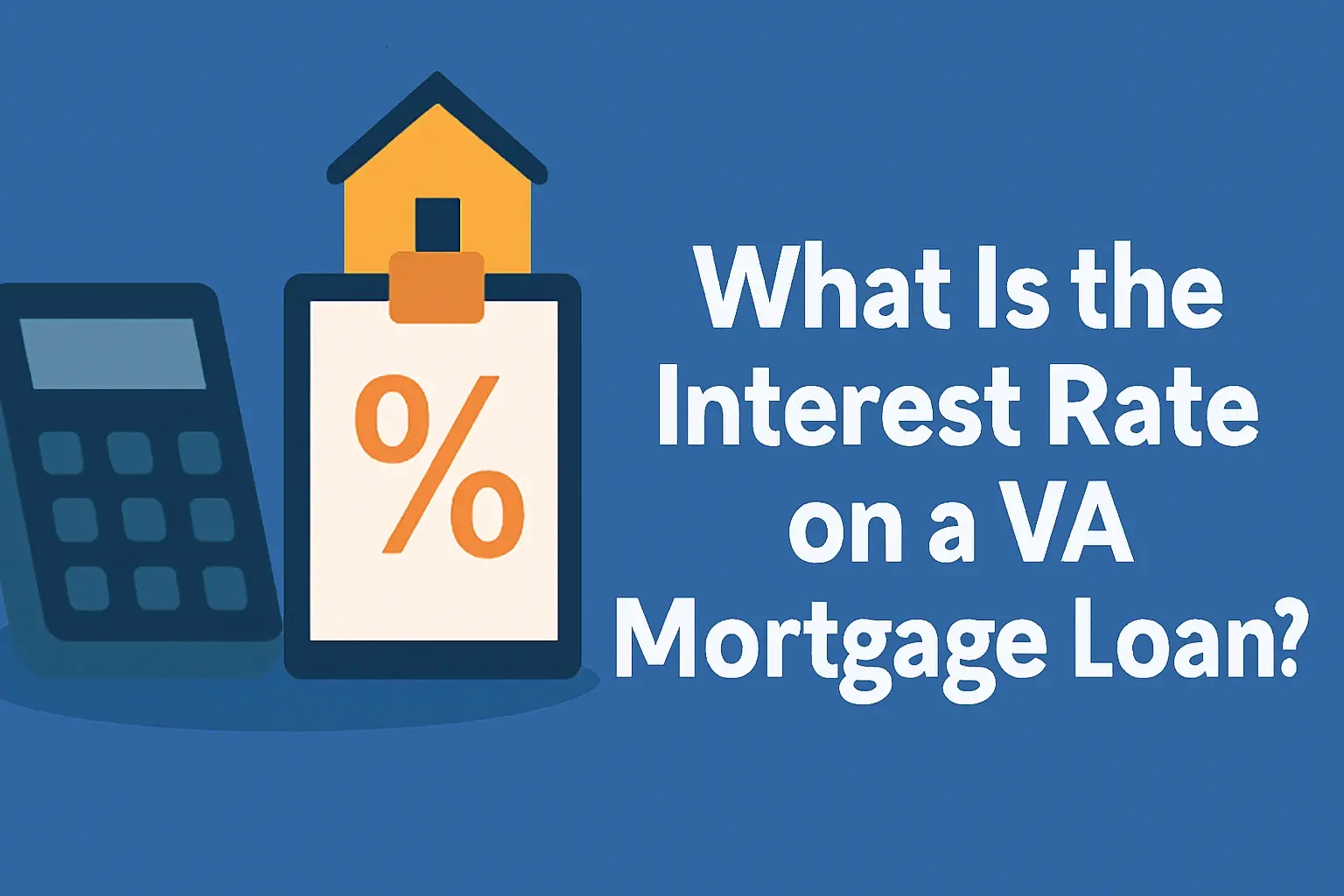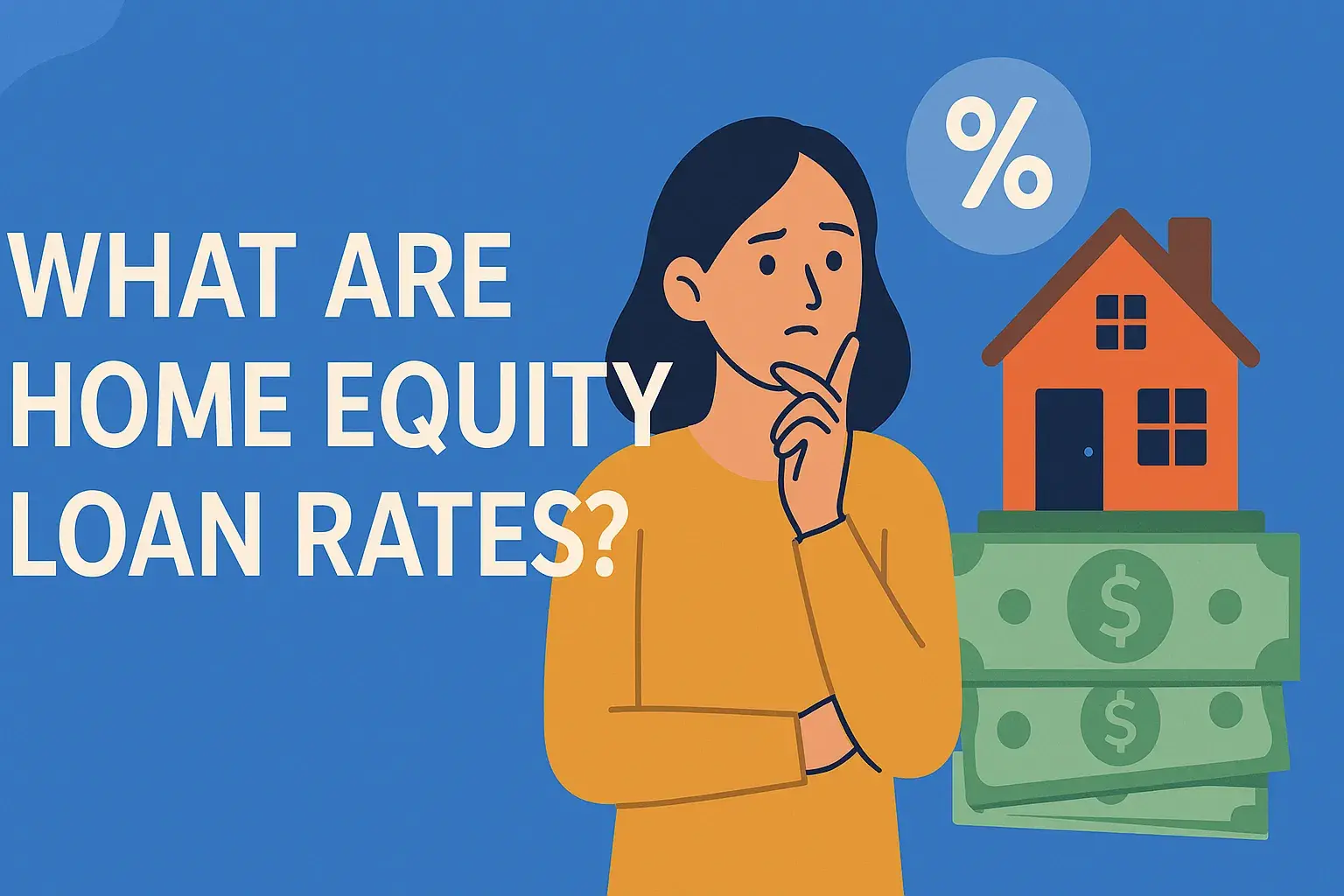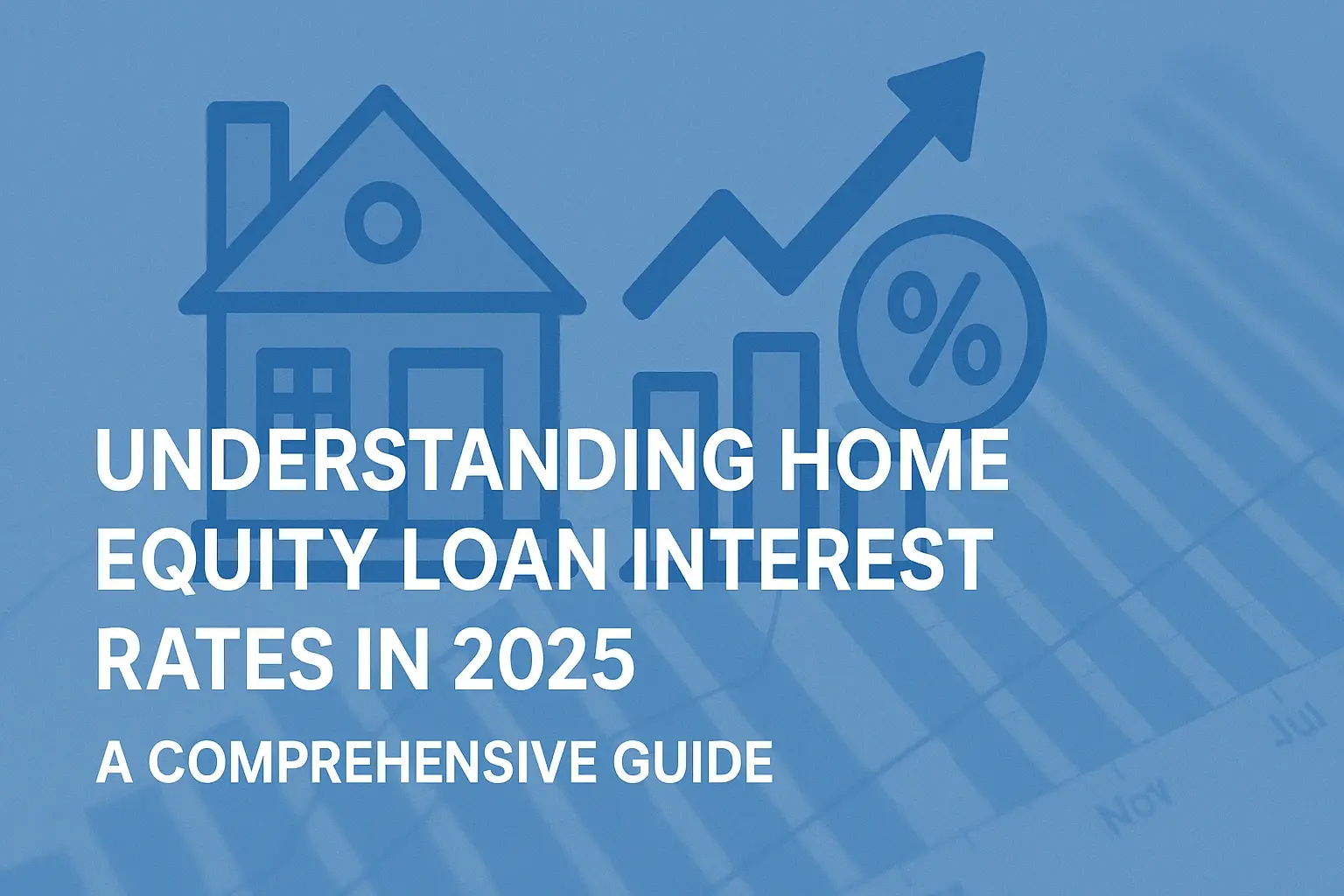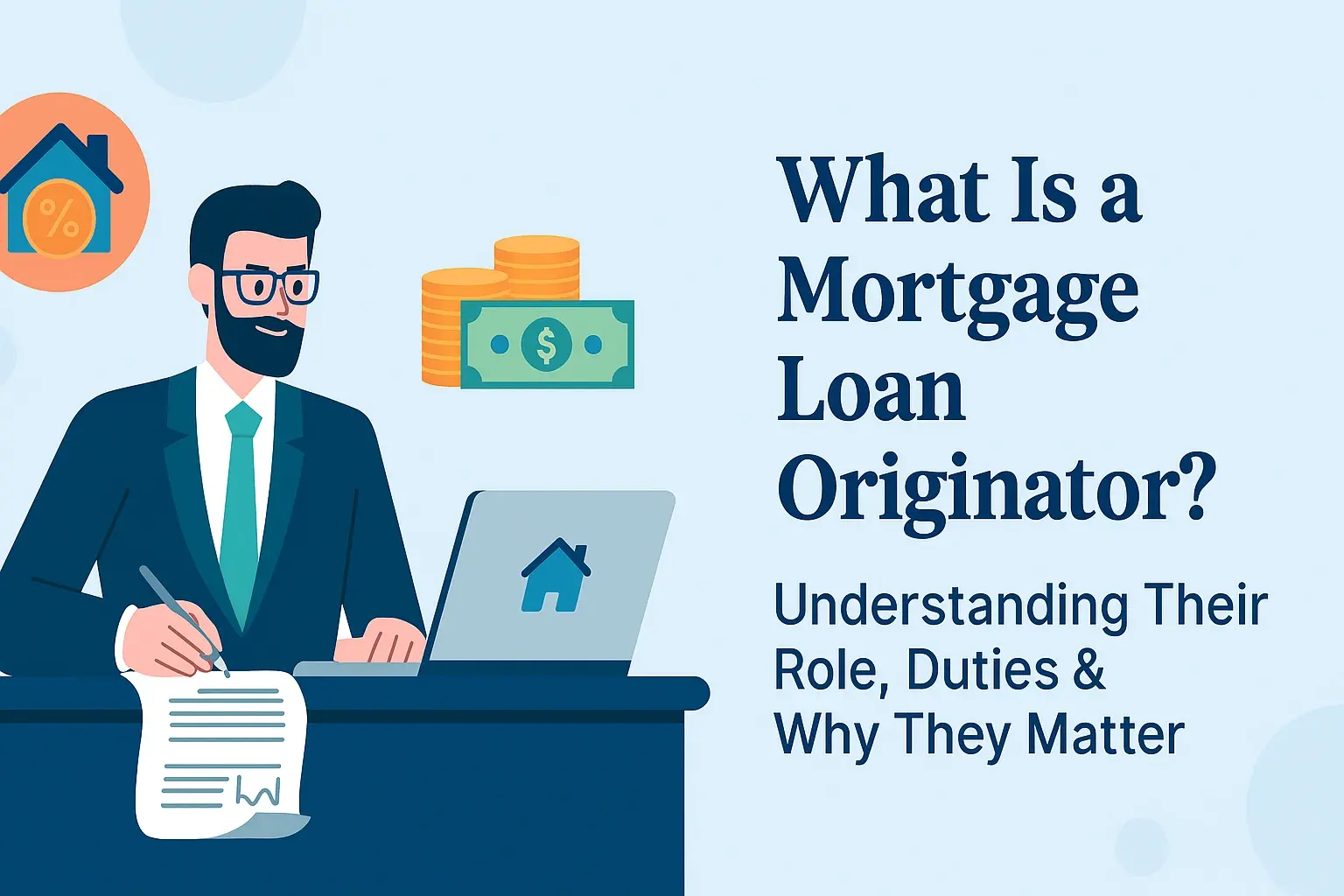-
Posted on: 21 Dec 2022

-
Securing a home loan with bad credit might seem daunting, but it's achievable. This comprehensive guide explores your options, strategies, and what lenders look for, empowering you to navigate the process and find the right mortgage in 2025.
Understanding Home Loans for Bad Credit
For many, homeownership represents a significant life goal, a symbol of stability and investment. However, a less-than-perfect credit history can present a formidable barrier to obtaining a traditional mortgage. The term "bad credit home loans" often conjures images of exorbitant interest rates and unfavorable terms. While it's true that borrowing with a low credit score comes with challenges, it's crucial to understand that it's not an insurmountable obstacle. In 2025, the landscape of mortgage lending has evolved, offering more pathways for individuals with past financial difficulties to achieve their dream of owning a home. This guide aims to demystify the process, providing actionable insights and strategies to help you secure a home loan, even with a tarnished credit report. We will delve into what lenders consider beyond just your credit score, explore various loan options, and outline steps you can take to improve your financial standing and increase your chances of approval.
What Defines "Bad Credit" for Lenders?
Before diving into loan options, it's essential to understand how lenders perceive creditworthiness. A credit score is a three-digit number that summarizes your credit history and is a primary indicator of your risk as a borrower. While there isn't a single, universally defined "bad credit" score, most lenders consider scores below 620 to be in the subprime category, making it more challenging to qualify for a mortgage with favorable terms. However, this is a general guideline, and the exact threshold can vary significantly between lenders and loan types.
Several factors contribute to your credit score, and understanding these can help you identify areas for improvement:
- Payment History (35% of score): This is the most critical factor. Late payments, missed payments, defaults, and bankruptcies significantly damage your score.
- Amounts Owed (30% of score): High credit utilization ratios (the amount of credit you're using compared to your total available credit) can negatively impact your score.
- Length of Credit History (15% of score): A longer credit history generally leads to a higher score, as it provides more data for lenders to assess your behavior.
- Credit Mix (10% of score): Having a mix of credit types (e.g., credit cards, installment loans) can be beneficial, showing you can manage different forms of credit responsibly.
- New Credit (10% of score): Opening too many new credit accounts in a short period can signal risk.
In 2025, lenders are increasingly looking at the entirety of your financial picture, not just a single number. However, a score below 620 often triggers increased scrutiny and may limit your options to specific loan programs designed for borrowers with lower credit.
Beyond the Credit Score: What Lenders Consider
While your credit score is a significant factor, it's rarely the only one. Lenders assess your overall financial health and your ability to repay the loan. Understanding these other elements can help you present a stronger application, even with a lower credit score.
Key factors beyond your credit score include:
- Income and Employment Stability: Lenders want to see a consistent and reliable source of income. They will typically ask for proof of employment for at least two years, often with the same employer or in the same industry. A stable job history demonstrates your ability to make monthly mortgage payments. In 2025, lenders are particularly attuned to employment stability in various economic sectors.
- Debt-to-Income Ratio (DTI): This ratio compares your total monthly debt payments (including the proposed mortgage payment, car loans, student loans, and credit card minimums) to your gross monthly income. A lower DTI indicates you have more disposable income available to handle the mortgage. Lenders generally prefer a DTI of 43% or lower, though some programs may allow for higher ratios with compensating factors.
- Down Payment: A larger down payment reduces the lender's risk and can significantly improve your chances of approval, especially with bad credit. It shows you have a financial stake in the property and are less likely to default. For bad credit loans, a down payment of 10-20% is often recommended, though some programs may accept less.
- Assets and Reserves: Lenders will look at your savings, checking accounts, and other liquid assets. Having several months' worth of mortgage payments in reserve can provide a cushion and demonstrate financial responsibility, reassuring lenders that you can manage unexpected expenses.
- Reason for Credit Issues: If your credit problems were due to extenuating circumstances like a medical emergency, job loss, or divorce, lenders may be more understanding. Providing a clear explanation and documentation can be beneficial.
- Loan Purpose: Whether you're buying a primary residence, a second home, or an investment property can influence lending decisions. Primary residences are generally considered less risky.
By focusing on these areas, you can build a more compelling case for your loan application. For instance, demonstrating consistent savings for a down payment or showing a clear plan to reduce existing debt can offset a lower credit score.
Types of Home Loans Available for Bad Credit Borrowers
Navigating the mortgage market with bad credit requires understanding the specific loan products designed to accommodate lower credit scores. These loans often come with different requirements and terms compared to conventional mortgages for borrowers with excellent credit. Here's a breakdown of the primary options available in 2025:
Government-Backed Loan Programs
These programs are insured or guaranteed by federal agencies, which reduces the risk for lenders and makes it easier for borrowers with lower credit scores to qualify. They often feature more flexible credit requirements and lower down payment options.
FHA Loans
The Federal Housing Administration (FHA) insures loans made by FHA-approved lenders. FHA loans are specifically designed to help low-to-moderate-income borrowers, including those with less-than-perfect credit, achieve homeownership.
- Credit Score Requirements: FHA loans can be accessible to borrowers with credit scores as low as 500 with a 10% down payment. For those with scores of 580 or higher, a down payment of just 3.5% is typically required. Some lenders may have overlays, meaning they require a higher score than the FHA minimum.
- Down Payment: As low as 3.5% for credit scores of 580+.
- Mortgage Insurance: FHA loans require both an upfront Mortgage Insurance Premium (UFMIP) and annual MIP, paid monthly, regardless of the down payment amount. This protects the lender in case of default.
- Loan Limits: FHA loan limits vary by county and are set annually.
FHA loans are a popular choice for first-time homebuyers and those rebuilding their credit.
VA Loans
Guaranteed by the U.S. Department of Veterans Affairs, VA loans are available to eligible active-duty military personnel, veterans, and surviving spouses. They offer some of the most attractive benefits in the mortgage market.
- Credit Score Requirements: The VA does not set a minimum credit score. However, most lenders will require a score of at least 620. Lenders will also consider your overall financial history.
- Down Payment: Typically requires no down payment.
- Mortgage Insurance: No private mortgage insurance (PMI) or monthly mortgage insurance. However, there is a VA funding fee, which varies based on service history, down payment, and other factors.
- Eligibility: Requires a Certificate of Eligibility (COE).
VA loans are an excellent option for eligible individuals, often with very competitive interest rates.
USDA Loans
The U.S. Department of Agriculture (USDA) offers loans for rural homebuyers. These loans are designed to promote homeownership in eligible rural and suburban areas.
- Credit Score Requirements: While the USDA doesn't set a strict minimum credit score, most lenders will require a score of 640 or higher. Some lenders may work with lower scores, but this often involves a more thorough review of your financial situation.
- Down Payment: Typically requires no down payment.
- Income Limits: Borrowers must meet specific income limitations for the area.
- Property Location: The home must be located in an eligible rural or suburban area.
USDA loans can be a fantastic opportunity for those looking to buy in less populated areas.
Conventional Loans with Exceptions
While conventional loans (those not backed by a government agency) are generally stricter, some lenders offer programs that can accommodate borrowers with credit scores slightly below the prime range. These often come with higher interest rates and stricter down payment requirements.
- Credit Score Requirements: Some lenders may offer conventional loans to borrowers with credit scores in the high 500s or low 600s, but this is less common. Typically, a score of 620 is the minimum for most conventional lenders.
- Down Payment: Often requires a larger down payment than government-backed loans, sometimes 10-20% or more, to compensate for the higher risk.
- Private Mortgage Insurance (PMI): If your down payment is less than 20%, you will likely have to pay PMI, which protects the lender.
These options are less common for severely damaged credit but can be viable for those with minor credit blemishes.
Specialty Lenders and Mortgage Brokers
Beyond the major government-backed and conventional loan types, there are other avenues to explore.
Non-QM Loans (Non-Qualified Mortgages)
These loans do not meet the standard "qualified mortgage" rules set by the Consumer Financial Protection Bureau (CFPB). They are often designed for borrowers with unique financial situations, including those with lower credit scores, self-employment income, or significant assets but inconsistent cash flow.
- Flexibility: Non-QM lenders often have more flexible underwriting criteria regarding credit scores, DTI, and documentation.
- Higher Costs: Expect higher interest rates and fees compared to QM loans.
- Availability: Less common than traditional loans, and often offered by specialized lenders.
These can be a last resort but can provide a solution when other options are unavailable.
Mortgage Brokers
A mortgage broker acts as an intermediary between borrowers and multiple lenders. They can be particularly helpful for individuals with bad credit because they have access to a wide network of lenders, including those who specialize in subprime mortgages. A good broker can match you with a lender and loan program that best fits your specific credit situation.
- Access to More Lenders: Brokers can shop around on your behalf, saving you time and effort.
- Expertise: They understand the nuances of different loan programs and lender requirements.
- Negotiation Power: Some brokers can negotiate better terms on your behalf.
When working with a broker, ensure they are reputable and transparent about their fees.
Strategies to Improve Your Credit Score Before Applying
While you can get a home loan with bad credit, improving your credit score before and during the application process can lead to better loan terms, lower interest rates, and a higher chance of approval. Even a few months of focused effort can make a significant difference.
Here are actionable strategies:
- Check Your Credit Reports: Obtain copies of your credit reports from Equifax, Experian, and TransUnion. You are entitled to one free report from each bureau annually at AnnualCreditReport.com. Review them carefully for errors.
- Dispute Errors: If you find any inaccuracies (e.g., accounts that aren't yours, incorrect late payment reporting), dispute them immediately with the credit bureaus. This can sometimes lead to a quick score increase.
- Pay Down Credit Card Balances: Focus on reducing your credit utilization ratio. Aim to keep balances below 30% of your credit limit, and ideally below 10%. Paying down high balances can have a substantial impact on your score.
- Make All Payments On Time: Payment history is the most significant factor in your credit score. Ensure all your bills, including credit cards, loans, and utilities, are paid on time, every time. Setting up automatic payments can help.
- Avoid Opening New Credit Accounts: Unless absolutely necessary, refrain from opening new credit cards or loans while trying to secure a mortgage, as this can temporarily lower your score.
- Become an Authorized User: If a trusted friend or family member with excellent credit is willing, they can add you as an authorized user to one of their older, well-managed credit cards. Their positive payment history can then reflect on your report.
- Consider a Secured Credit Card: If you have very limited credit or a history of defaults, a secured credit card (where you provide a cash deposit as collateral) can help you build or rebuild positive payment history.
- Settle Delinquent Accounts: If you have past-due accounts, try to settle them. While a settled account may still appear on your report, it's better than an outstanding collection.
- Wait Out Negative Information: Most negative information (late payments, collections) falls off your credit report after seven years, and bankruptcies after seven or ten years, depending on the type. If a significant negative item is nearing this age, it might be beneficial to wait a bit longer.
Even small improvements can make a difference. For example, increasing your credit score by 20-30 points could open up more loan options or slightly lower your interest rate, saving you thousands over the life of the loan.
Gathering Necessary Documentation
Regardless of your credit score, lenders will require a comprehensive set of documents to verify your financial information and assess your ability to repay the loan. Having these documents organized and readily available will streamline the application process and demonstrate your preparedness.
Here's a list of common documents you'll likely need:
- Proof of Income:
- Pay stubs (most recent 30 days)
- W-2 forms (past two years)
- Tax returns (past two years)
- If self-employed or commissioned: Profit and Loss statements, Schedule C, and all pages of tax returns for the past two years.
- Other income sources: Social Security benefits statements, pension statements, alimony/child support documentation (if you wish to use it for qualifying).
- Proof of Assets:
- Bank statements (checking and savings accounts, most recent two months)
- Investment and retirement account statements (most recent two months or quarterly statements)
- Documentation for any large deposits (e.g., gift letters for down payment funds, sale of assets).
- Identification:
- Government-issued photo ID (driver's license, passport)
- Social Security card
- Employment Verification:
- Lenders will contact your employer to verify your employment and salary.
- Debt Information:
- Statements for all outstanding loans (car loans, student loans, personal loans)
- Credit card statements
- Alimony or child support orders (if applicable)
- Credit History Information:
- Explanation letters for any derogatory marks on your credit report (e.g., late payments, collections, bankruptcies). Be prepared to provide documentation to support your explanation.
- Property Information (if applicable):
- If you are selling a current home, details about the sale.
Tip for Bad Credit Borrowers: Be extra thorough in providing explanations for any credit issues. If you had a bankruptcy, have your discharge papers ready. If you experienced a period of unemployment, provide documentation of your return to stable employment.
Organizing these documents in a dedicated folder or digital drive will make the process much smoother and demonstrate your commitment to securing the loan.
The Application Process: A Step-by-Step Guide
Applying for a home loan with bad credit involves a similar process to applying with good credit, but with a greater emphasis on detail and potential for more scrutiny. Here's a typical step-by-step guide for 2025:
- Assess Your Creditworthiness:
- Obtain your credit reports and scores from the three major bureaus.
- Identify any errors and begin the dispute process.
- Understand your current financial standing and areas for improvement.
- Determine Your Budget:
- Calculate how much you can realistically afford for a monthly mortgage payment, including principal, interest, taxes, and insurance (PITI).
- Factor in closing costs and any necessary home repairs or furnishings.
- Use online mortgage affordability calculators as a starting point.
- Improve Your Credit (if time allows):
- Implement the strategies discussed earlier to boost your credit score.
- Even a few months of consistent positive activity can help.
- Shop for Lenders and Loan Programs:
- Research lenders who specialize in FHA, VA, USDA, or non-QM loans.
- Consider working with a mortgage broker who can access a wider range of options.
- Compare interest rates, fees, down payment requirements, and loan terms from multiple lenders.
- Get Pre-Approved:
- Once you've identified potential lenders, apply for pre-approval. This involves a preliminary review of your credit and finances.
- Pre-approval gives you a realistic idea of how much you can borrow and strengthens your offer when you find a home.
- Find a Home:
- With your pre-approval in hand, you can confidently search for homes within your budget.
- Work with a real estate agent who understands your situation.
- Submit Your Loan Application:
- Once you've found a home and had an offer accepted, you'll formally apply for the mortgage.
- Provide all the necessary documentation (as listed in the previous section).
- Be prepared for thorough underwriting, where the lender verifies all your information.
- Loan Underwriting and Approval:
- The underwriter will review your application, credit history, income, assets, and the property's appraisal.
- They may request additional documentation or clarification.
- This stage can take several weeks.
- Closing:
- Once approved, you'll receive a Closing Disclosure outlining the final loan terms and costs.
- Review this document carefully and compare it to your Loan Estimate.
- Attend the closing, sign the final paperwork, and your loan will be funded.
Throughout this process, maintain open communication with your loan officer and be responsive to any requests for information. Transparency and promptness are key.
Managing Expectations and Potential Costs
Securing a home loan with bad credit often means accepting that the terms may not be as favorable as those offered to borrowers with excellent credit. Managing your expectations and understanding the potential costs involved is crucial for a successful homeownership journey.
Interest Rates: This is often the most significant difference. Borrowers with lower credit scores will almost certainly face higher interest rates. This means your monthly payments will be higher, and you'll pay more in interest over the life of the loan. For example, a borrower with a 740+ credit score might secure a rate of 6.5%, while someone with a 580 score might be looking at 8.5% or higher for a similar loan product in 2025. This difference can amount to tens or even hundreds of thousands of dollars in extra interest over 30 years.
Down Payment: As mentioned, many loan programs for bad credit require a larger down payment. While FHA loans offer low down payments, other options might demand 10-20% or more. A larger down payment reduces the lender's risk and can sometimes help offset a lower credit score.
Mortgage Insurance: Government-backed loans like FHA loans require mortgage insurance premiums (MIP), which add to your monthly payment. Conventional loans require Private Mortgage Insurance (PMI) if your down payment is less than 20%. This insurance protects the lender, not you, and increases your housing costs.
Fees: Be prepared for potentially higher origination fees, appraisal fees, and other closing costs. Some lenders may charge more to compensate for the increased risk associated with lending to borrowers with lower credit scores.
Loan Terms: While 30-year fixed-rate mortgages are common, some lenders might offer shorter terms or adjustable-rate mortgages (ARMs) with lower initial rates, but these can become more expensive later. Understand the full implications of the loan term.
Property Appraisal: The appraisal ensures the home is worth the loan amount. If the appraisal comes in lower than the purchase price, you may need to bring additional cash to closing to cover the difference, or renegotiate the price with the seller.
Closing Costs: These typically range from 2% to 5% of the loan amount and include items like appraisal fees, title insurance, attorney fees, and recording fees. Budget for these costs in addition to your down payment.
Example: Consider two borrowers buying a $300,000 home. Borrower A has excellent credit and gets a 6.5% 30-year loan with 5% down ($15,000). Borrower B has a 580 credit score and gets an FHA loan with 3.5% down ($10,500) but at an 8.5% interest rate.
A quick comparison:
Feature Borrower A (Excellent Credit) Borrower B (Bad Credit - FHA) Interest Rate 6.5% 8.5% Monthly P&I (approx.) $1,706 $2,118 Estimated Total Interest (30 yrs) $298,300 $444,000 Mortgage Insurance (Monthly) ~ $150 (PMI) ~ $250 (MIP) Note: These are simplified estimates and do not include taxes, insurance, or FHA upfront MIP.
As you can see, the higher interest rate significantly increases the monthly payment and total cost of the loan. This highlights the importance of improving your credit if possible.
Avoiding Predatory Lending Pitfalls
When you're in a vulnerable position, like needing a home loan with bad credit, you can become a target for predatory lenders. These lenders offer loans with deceptive terms designed to trap borrowers in unfavorable situations. Being aware of these tactics is your best defense.
Red Flags to Watch For:
- Guaranteed Approval: No legitimate lender can guarantee loan approval before reviewing your application. Be wary of any lender making such claims.
- High Fees Upfront: Legitimate lenders charge fees, but beware of excessive upfront fees, especially for "processing," "application," or "commitment" that seem disproportionately high. Some predatory lenders may ask for these fees before you even have a loan offer.
- Pressure to Sign Quickly: Predatory lenders often create a sense of urgency, pressuring you to sign documents without fully understanding them. Take your time, read everything, and ask questions.
- Unclear Loan Terms: If the loan terms, interest rate, fees, or repayment schedule are not clearly explained or are deliberately confusing, it's a major red flag.
- Promises of "No Credit Check" Loans: While some lenders work with bad credit, a complete lack of credit check is highly unusual for a mortgage and often indicates a scam or a loan with extremely unfavorable terms.
- Subprime Loans with Hidden Costs: Be especially cautious with loans that have very low initial "teaser" rates that jump significantly after a short period (e.g., adjustable-rate mortgages with aggressive introductory rates). Ensure you understand the fully indexed rate and potential payment increases.
- Loan Flipping: This is when a lender repeatedly refinances your loan, charging new fees each time, without providing any real benefit to you.
- Unsolicited Offers: Be skeptical of loan offers that come to you unexpectedly via mail, email, or phone, especially if they sound too good to be true.
How to Protect Yourself:
- Work with Reputable Lenders: Stick to well-known banks, credit unions, and mortgage companies, or use FHA, VA, or USDA programs.
- Use a Licensed Mortgage Broker: Ensure your broker is licensed and in good standing with your state's regulatory agency.
- Read Everything: Never sign any document you don't fully understand. Ask your loan officer or a trusted advisor (like a housing counselor) to explain anything unclear.
- Compare Offers: Get quotes from multiple lenders. This not only helps you find the best rate but also exposes you to different lending practices.
- Be Wary of "Too Good to Be True": If an offer seems exceptionally favorable given your credit situation, it probably is.
- Consult a HUD-Approved Housing Counselor: These counselors offer free or low-cost advice on homeownership and can help you navigate the mortgage process and identify predatory practices. You can find one at the HUD website.
By staying informed and cautious, you can avoid falling victim to predatory lending and secure a home loan that genuinely serves your best interests.
Making the Most of Your Home Loan
Once you've successfully secured a home loan despite having bad credit, the journey doesn't end. It's crucial to manage your loan responsibly to build a stronger financial future and potentially improve your creditworthiness over time. This proactive approach can lead to better financial opportunities down the line.
Here’s how to make the most of your home loan:
- Make On-Time Payments Religiously: This is the single most important action you can take. Consistent, on-time mortgage payments are reported to credit bureaus and will gradually help rebuild your credit history. Even if your initial rate is high, consistent payments are the foundation for future credit improvement.
- Consider Making Extra Payments (When Possible): If your budget allows, making extra principal payments can significantly reduce the amount of interest you pay over the life of the loan and help you pay off your mortgage faster. Even a small extra amount each month can make a difference. Be sure to specify that the extra payment should be applied to the principal.
- Avoid Defaulting at All Costs: Missing payments can lead to late fees, damage your credit score further, and ultimately result in foreclosure. If you anticipate financial difficulty, contact your lender immediately to discuss options like forbearance or a loan modification.
- Monitor Your Credit Score: Continue to monitor your credit score regularly. As your payment history improves and other debts are managed, you should see your score increase.
- Refinance When Your Credit Improves: Once your credit score has improved significantly and/or interest rates have dropped, explore refinancing your mortgage. Refinancing to a lower interest rate can save you a substantial amount of money over the remaining loan term. This is a key strategy for borrowers who initially secured a loan with bad credit.
- Build Emergency Savings: Having a robust emergency fund is crucial for homeowners, especially those who have experienced financial hardship. This fund can cover unexpected repairs, job loss, or medical emergencies, preventing you from having to miss mortgage payments.
- Understand Your Loan Terms: Keep a clear understanding of your loan's terms, including the interest rate, payment schedule, and any prepayment penalties (though these are rare on most residential mortgages today).
- Budget for Homeownership Costs: Beyond the mortgage payment, remember to budget for property taxes, homeowner's insurance, potential HOA fees, and ongoing maintenance and repairs.
By treating your mortgage as a priority and actively working to improve your financial situation, you can turn a challenging loan into a stepping stone towards greater financial stability and future homeownership opportunities.
Conclusion
Navigating the path to homeownership with bad credit in 2025 requires diligence, informed choices, and a proactive approach. While challenges exist, numerous avenues, from government-backed FHA, VA, and USDA loans to specialized lenders and the expertise of mortgage brokers, can make your dream a reality. The key lies in understanding what lenders look for beyond your credit score—your income stability, debt-to-income ratio, and down payment capabilities. By diligently gathering documentation, improving your credit where possible, and carefully comparing loan options, you can secure a mortgage that fits your circumstances. Always be vigilant against predatory lending practices and prioritize making on-time payments once you have your loan. With careful planning and execution, owning a home is an attainable goal, even with a less-than-perfect credit history. Your commitment to financial responsibility today will pave the way for greater opportunities tomorrow.









